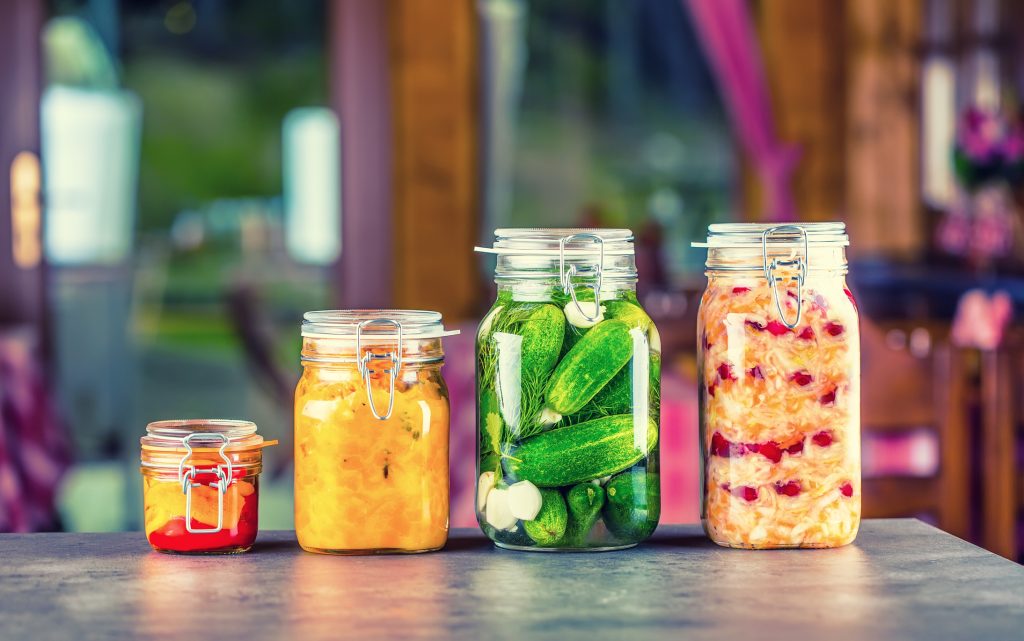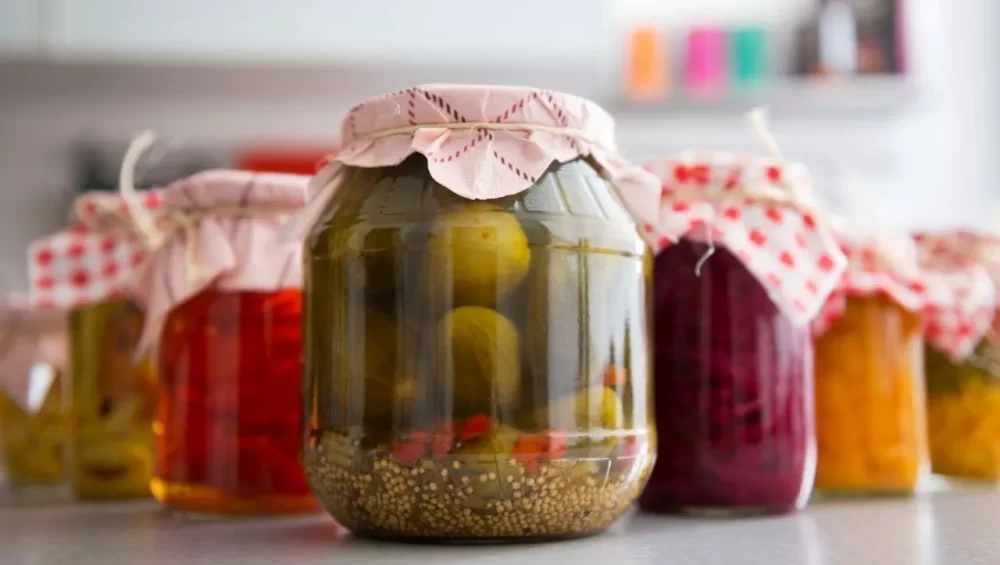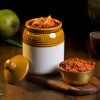Homemade pickles are a delicious and rewarding way to preserve your favourite fruits and vegetables. However, ensuring that they remain safe to eat is essential. Proper storage is the key to maintaining the quality and safety of your homemade pickles. This guide will walk you through the best practices for storing your homemade pickles, covering everything from the initial preparation to the final storage.
The Importance of Proper Storage of Homemade Pickles
Storing homemade pickles correctly is crucial to prevent spoilage and foodborne illnesses. Improper storage can lead to harmful bacteria, mould, and yeast growth, spoiling the pickles and making them unsafe to eat. You can enjoy your homemade pickles for months or years without any concerns by following safe storage practices.

How to Store Homemade Pickles for Maximum Shelf Life
Now that we’ve covered how long homemade pickles can last, let’s look at some best practices for storage to ensure they stay fresh and flavorful for as long as possible.
1. Use Clean, Dry Jars
When making homemade mango achar or any other pickle, always store it in sterilized glass jars. Glass doesn’t react with the acids in the pickle, preserving both flavor and freshness. Ensure the jars are completely dry before filling them with your pickle to avoid introducing moisture, which can lead to spoilage.
2. Ensure Pickles Are Submerged in Oil or Brine
For a longer shelf life, make sure your pickles are always fully submerged in oil or brine. This prevents exposure to air, which can lead to mold and spoilage. If you’re making homemade mango pickle or homemade amla achar, a layer of oil (mustard oil is often used) acts as a natural preservative and helps keep the pickles fresh.
3. Store in a Cool, Dry Place
Pickles made at home can be stored in a pantry or a cool, dry place away from direct sunlight. High heat or humidity can cause them to spoil faster, so make sure your storage area stays cool and dry. If you plan to store your pickle at room temperature for a few weeks, it’s crucial to keep it out of the sun and avoid any areas with high temperatures.
4. Keep the Jar Tightly Sealed
Whether you’re storing homemade mango achar or homemade amla pickle, always seal the jar tightly after every use. A sealed jar prevents oxygen from entering and helps maintain the pickle’s flavor and freshness.
5. Use a Clean Spoon Every Time
It’s essential to use a clean, dry spoon each time you remove a pickle from the jar. Introducing moisture from wet spoons or hands can encourage mold growth and shorten the shelf life of your pickle. Always handle your pickle with care to keep it fresh for longer.

Signs That Your Homemade Pickle Has Gone Bad
Even when stored properly, homemade pickles can sometimes spoil or lose their quality. Here are a few signs to watch out for:
- Mold: If you see any mold forming on the surface of the pickle, it’s time to discard it.
- Rancid smell: If the pickle smells off, sour, or rancid, it’s best to throw it out.
- Separation: If the oil or brine separates significantly from the pickle, it could indicate that the preservation process has failed.
- Discoloration: Significant discoloration of the pickle ingredients could also be a sign that it’s no longer safe to eat.
Conclusion
Homemade pickles can last anywhere from a few weeks to several months, depending on the ingredients, preparation method, and storage conditions. Properly storing your homemade mango achar or homemade amla pickle in a cool, dry place, or in the refrigerator, will help ensure that it stays fresh and flavorful for as long as possible.



